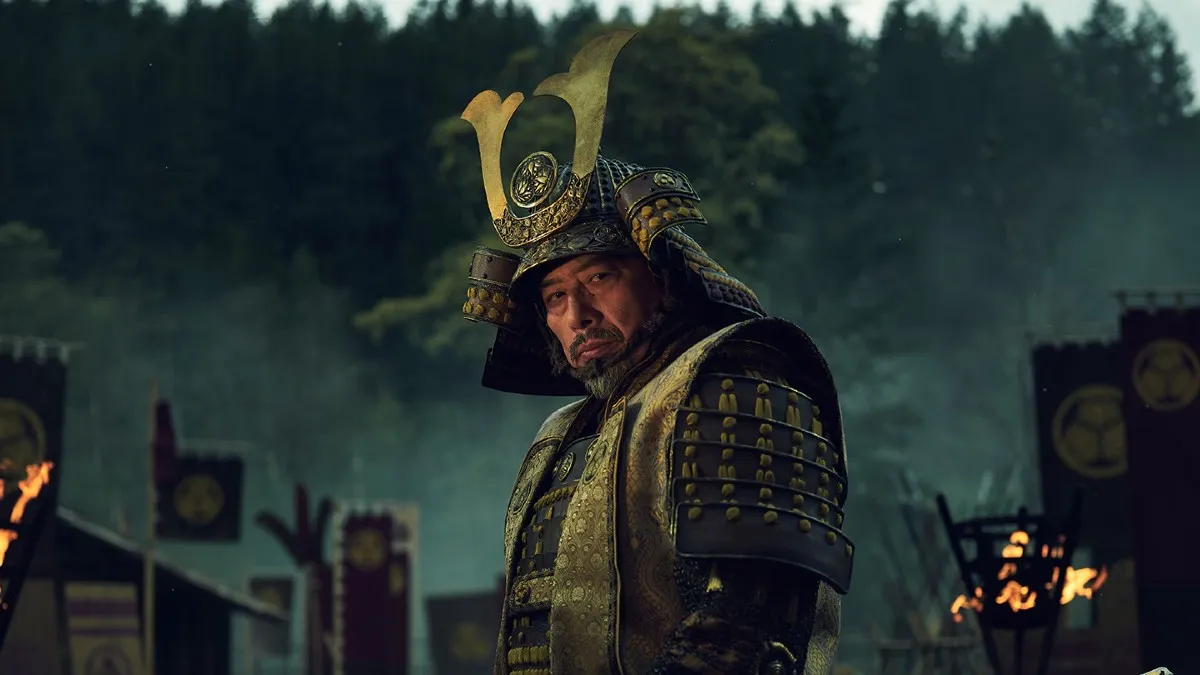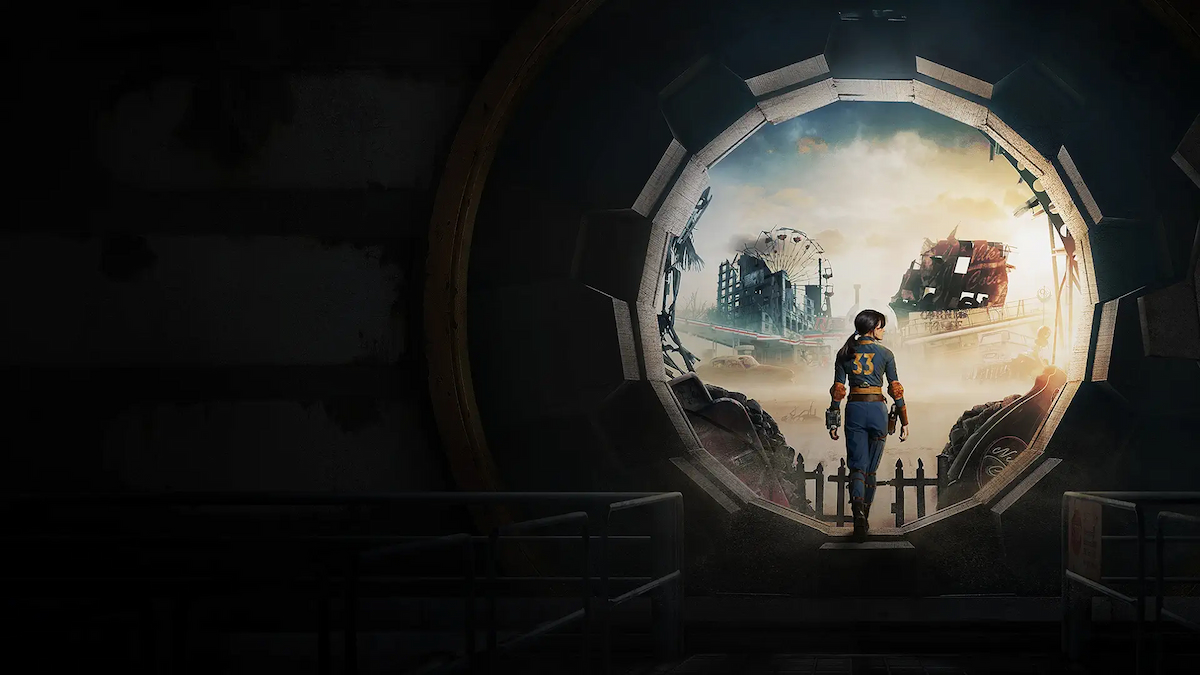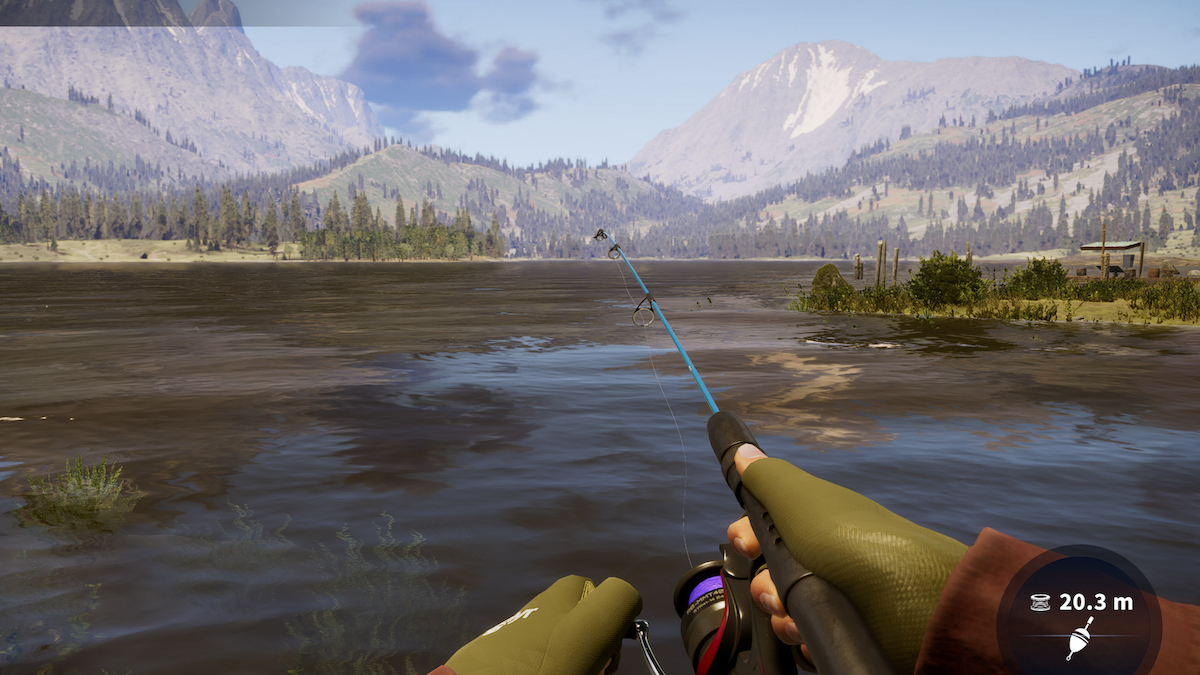Catching someone’s drift is a strange idea – it relies on you understanding what is meant without having all the ingredients that would make it clear. You often do, though, don’t you? A raised eyebrow here, a wry smile there – it’s often quite easy to catch someone’s drift without thinking about it. So why leave these ingredients out? Well, it’s something that Fumito Ueda has been doing for a long time with his “design by subtraction” approach to game development. Understanding the power The Last Guardian has on the player is about catching the drift left in the wake of his subtractions.
Ueda is a craftsman and his influence permeates many layers in his work, from painting the front cover of ICO himself, to having a hand in the direction, design, and writing of his three games. One of his most distinctive flourishes – and the one aspect that can betray his involvement at a mere glance – is his use of architecture. As both a frame for events and characters, and as a device in its own right, the architecture works a subtle alchemy on us as we play.
When Stanley Kubrick designed the set for The Shining, he made it so that it wouldn’t make sense. There are doors that logically wouldn’t lead anywhere, windows where they couldn’t possibly be, and corridors that change location. This might not leap at you when you watch the film, but it buries itself in your brain. The sense of an off-kilter unease that washes over you is down to this subliminal communication. Ueda orchestrates something similar here, and the underwriting in the architecture frames the story that you tell.
The Last Guardian is haunted by the designs of French artist Gérard Trignac. You can see Trignac’s influence land right at the heart of the game and spider outwards, whether it’s dizzying bridges whose designs defy understanding, or in the Gothic industrial of rusty iron train tracks and interior gloom. These designs, like you can see below, are dream-like; they look as if they were cast in the vapors of half-images, as if being mis-remembered. It’s the architecture of abandonment, the geometry of the unknown. It is in our inability to comprehend these structures that we feel equal parts fear and fascination.
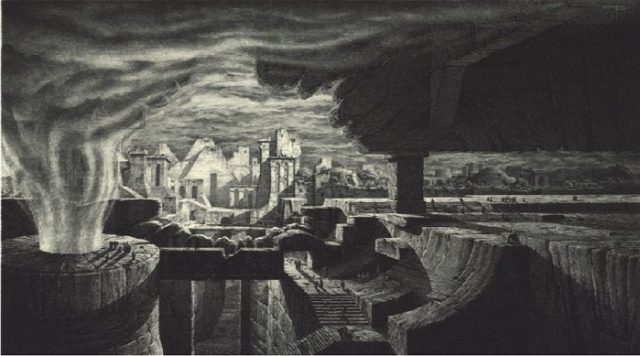
This push-and-pull taps into what Freud called “the uncanny.” The uncanny is something that’s not just mysterious, but familiar. When objects vaguely resemble, but are incongruous with, our understanding of them we are paradoxically drawn to and repulsed by them. We’ve all been there – creepy lifelike dolls, portrait paintings that seem to follow you around the room, or in this case buildings which though wrought from familiar brick and iron cannot possibly be for any worldly purpose. This familiarity compels us to ask questions.
Why is this structure built so high? Why this network of iron-cables and wind chimes between towers? What for? Is it as gargantuan as it is to intimidate? To impress? To imprison? And where is everyone now? These questions scream silently as you wander, and the environment does nothing but feed your curiosity. There’s nothing to read, nothing as garish as a time ghost appearing before your eyes, or a diary that can be leafed through. There are real ghosts here – the kind of ghosts that linger in your mind when you think of the people who stood and spoke together where you now stand in silence, whose presence is betrayed only by the sad remnants of the places they left behind.
Both detached and distant in its sense of reality and history, The Last Guardian is utterly present in the building of its narrative. And with silence, it builds it in a new way. So much of the very best narrative games are invested in pre-existing styles. We like the dialogue shared between Joel and Ellie; we like the expressions on Nate and Elena’s faces as they bicker; and we like the audio diaries that flood Rapture with stories. These are sight and sound devices, devices that were there before games were. The Last Guardian builds its stories through play, through mechanics. When you feel the soft rumble in your hands as you pull a spear from your companion’s back, you don’t need to be told you’re friends.
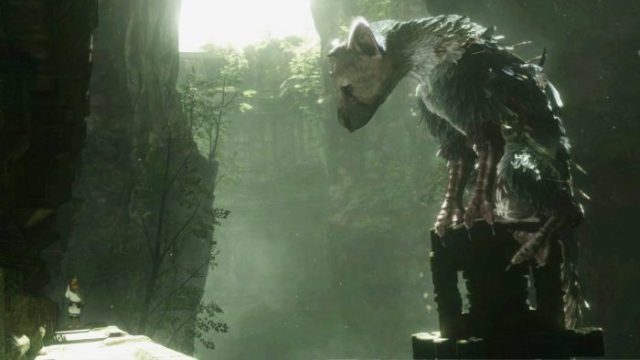
This purity is completely unfettered by abstraction. There’s no inventory menu for healing your friend or yourself; you see a spear and you are driven to pull it out. You start limping after a fall, so you stop and rest for a time until the pain subsides. Progression too feels organic. I’m eventually able to direct Trico to where I’d like him to go, but this feels like a strengthening bond, and it comes after I had gone out of my way to find some barrels I know he likes. I had acquired a new skill, but just as you wouldn’t describe learning as ‘leveling up’ in real life, it feels inadequate here too.
There’s nothing wrong with telling stories with dialogue and cut-scenes; some of the best games are made this way. But what lurks in this drift that Ueda wants you to catch, is the idea of a story that while completely authored is told through what you do. This isn’t the misnomer of the ’emergent narrative’. People talk about stories emerging from play but the word ‘stories’ is almost always generous. These are often not stories and are almost always experienced by one player in one moment – something stories shouldn’t be. Making a heroic stand in a horde mode is infused with emotion, but it is hardly a story. Executing a Hail Mary pass with seconds left on the clock is an exciting event; it isn’t really a story. The difference here is that Ueda has built a narrative and opted not to tell it to you. Although the game incorporates the odd cut scene and line of speech, these are in no way central. They are a frame for the narrative that you uncover without them.
There never really is silence, of course. Just like the so-called silent films of old, The Last Guardian is full of noise. Lively musical accompaniment blooms and recedes here and there, but on top of this there are footsteps, echoes, cries, and wind. It isn’t really silence in the literal sense that The Last Guardian employs: it is a deeper quiet, a silence where traditional forms of storytelling and communication would be. Whether or not the way it communicates with us is inherently of value is a matter of taste. One thing that can be said is that it resides in a place that’s truly new in terms of telling stories. The classic writing rule of “Show. Don’t Tell” is transformed here into “Play. Don’t Show” and it stands in rarefied company in this regard. It utilizes what this medium can do that others can’t. There’s something in that, if you catch my drift.


